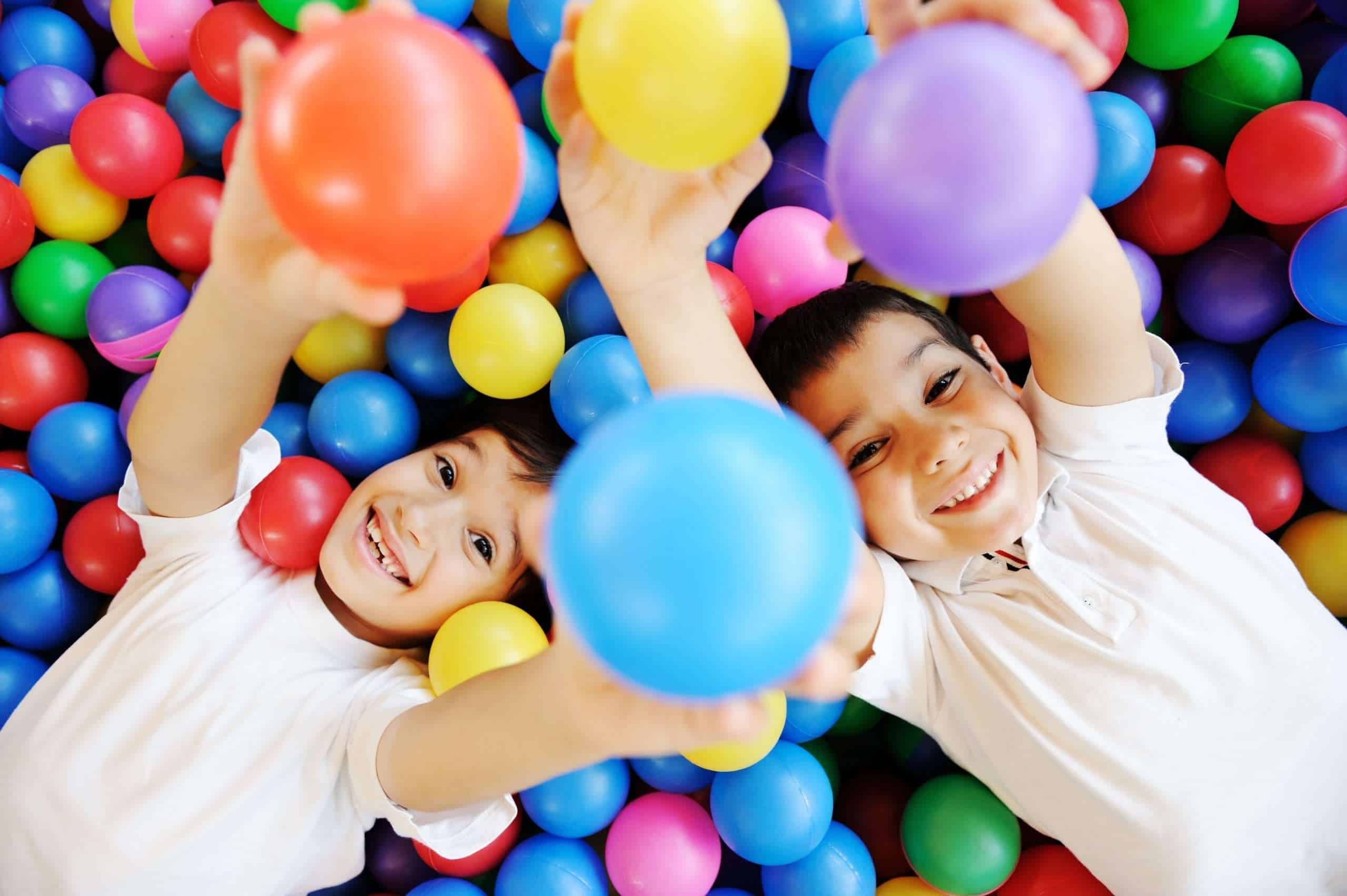- ···
- Start Here
- ···
- About Us
- ···
- Services
- ···
- Articles
- ···
- Contact Us
- ···
Sensory-Friendly Tools and Resources for Autism Caregivers
2/24/2024

Our goal is to support children diagnosed with Autism Spectrum Disorder (ASD) and their development and functional independence both in school and at home. A significant part of recent practice involves identifying and addressing barriers related to sensory integration dysfunction, commonly found in children with ASD.
Sensory integration dysfunction can manifest as either hyposensitivity (requiring increased stimuli) or hypersensitivity (requiring decreased stimuli) to sensory input. We focus on educating caregivers about these concepts and providing sensory-friendly tools for various sensory systems: vestibular, tactile, visual, and auditory.
Vestibular Input: Essential for balance and spatial orientation, children with vestibular dysregulation may struggle with motor skills, stability, and eye coordination. Examples include:
- • Hyposensitive children might seek excessive movement, such as spinning or jumping. Strategies include hanging upside down or climbing to enhance vestibular response.
- • Hypersensitive children may feel anxious with movement, like climbing stairs. Strategies involve slow and gradual exposure to vestibular input, like balancing on a pillow or slow swinging.
- • Hyposensitive children might not notice touch or pain and may seek intense physical experiences, such as crashing into objects. Strategies include encouraging tactile play with different textures and providing deep pressure with a therapy ball.
- • Hypersensitive children may be uncomfortable with tags in clothing or dislike getting their hands dirty. Strategies involve gradual exposure to tactile experiences and removing irritants like clothing tags.
- • Hyposensitive children might not notice visual cues, necessitating the use of high-contrast colors for important signals.
- • Hypersensitive children may become overwhelmed in visually busy environments, requiring measures like light dimmers and calming light projectors to reduce visual clutter.
- • Hyposensitive children may crave certain sounds, benefiting from toys or books that provide a variety of auditory stimuli.
- • Hypersensitive children might be distressed by loud or high-pitched sounds, with strategies including the use of calming music, quiet corners, and noise-canceling headphones.